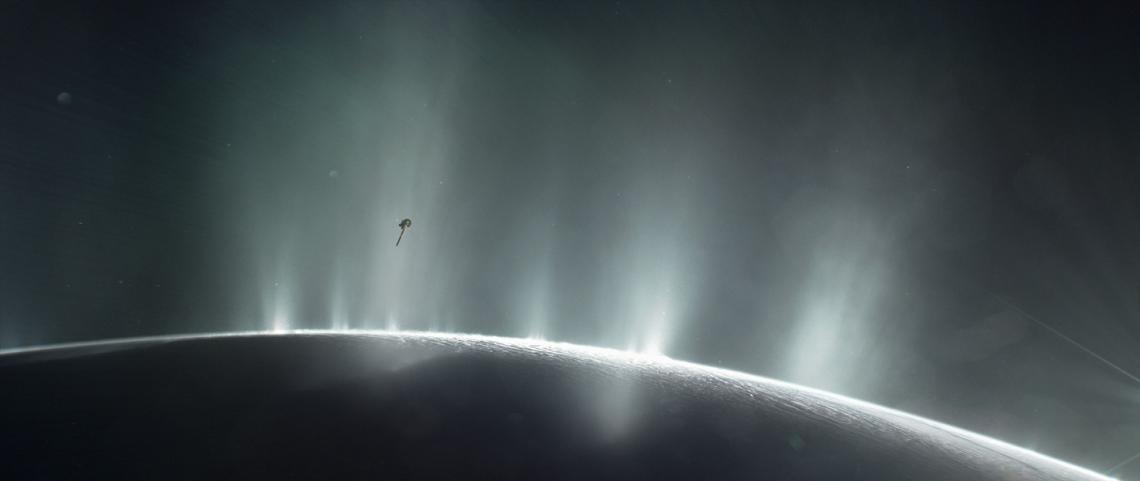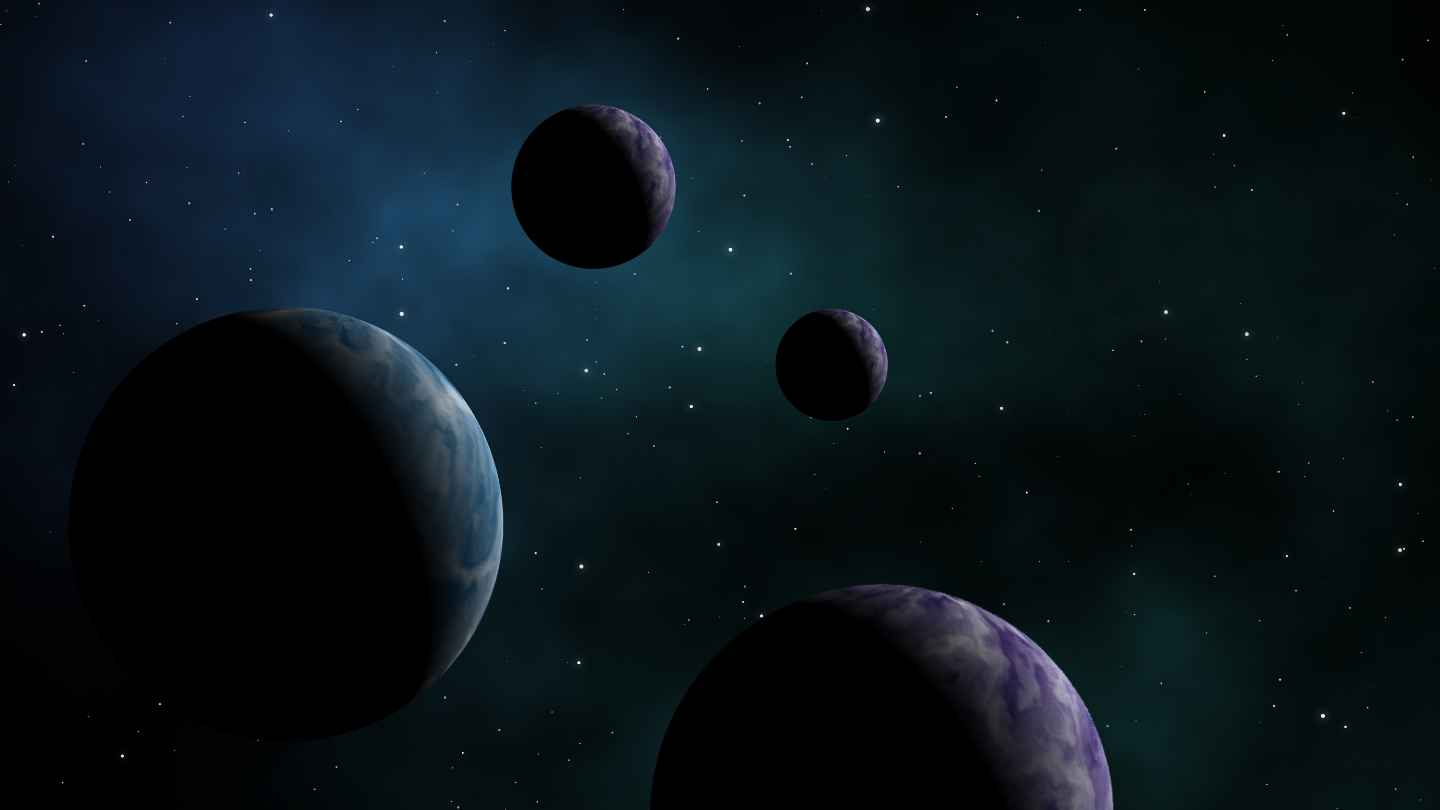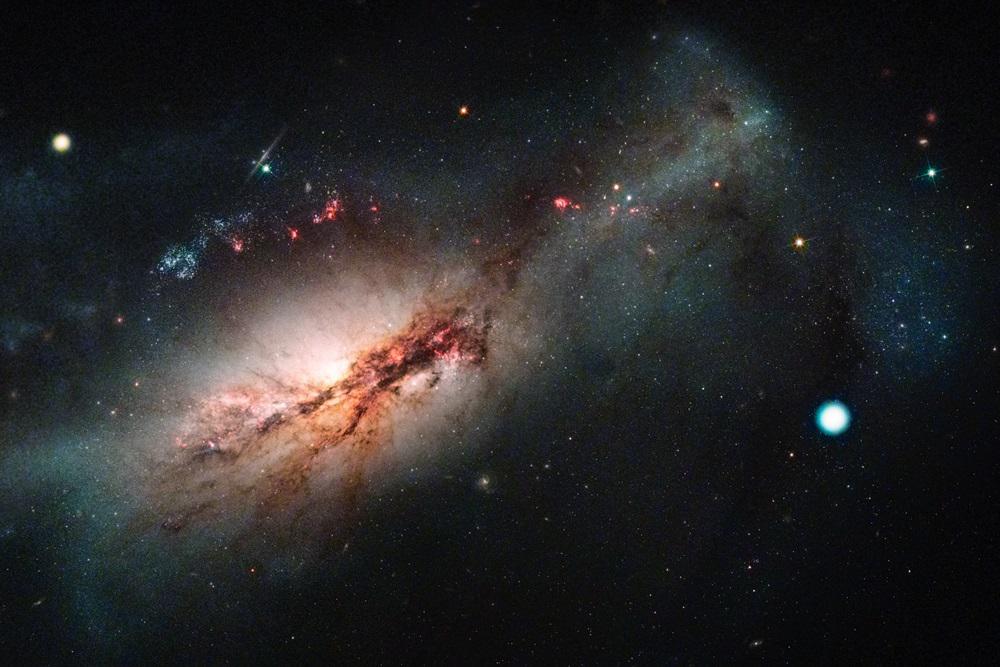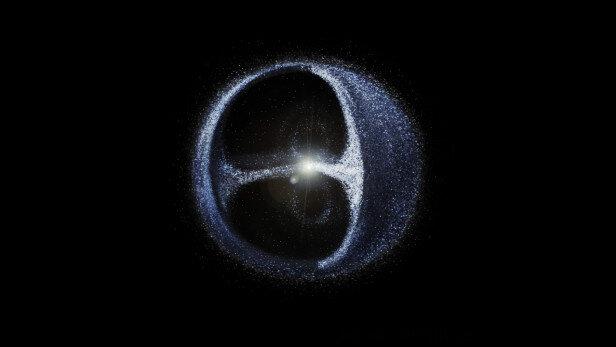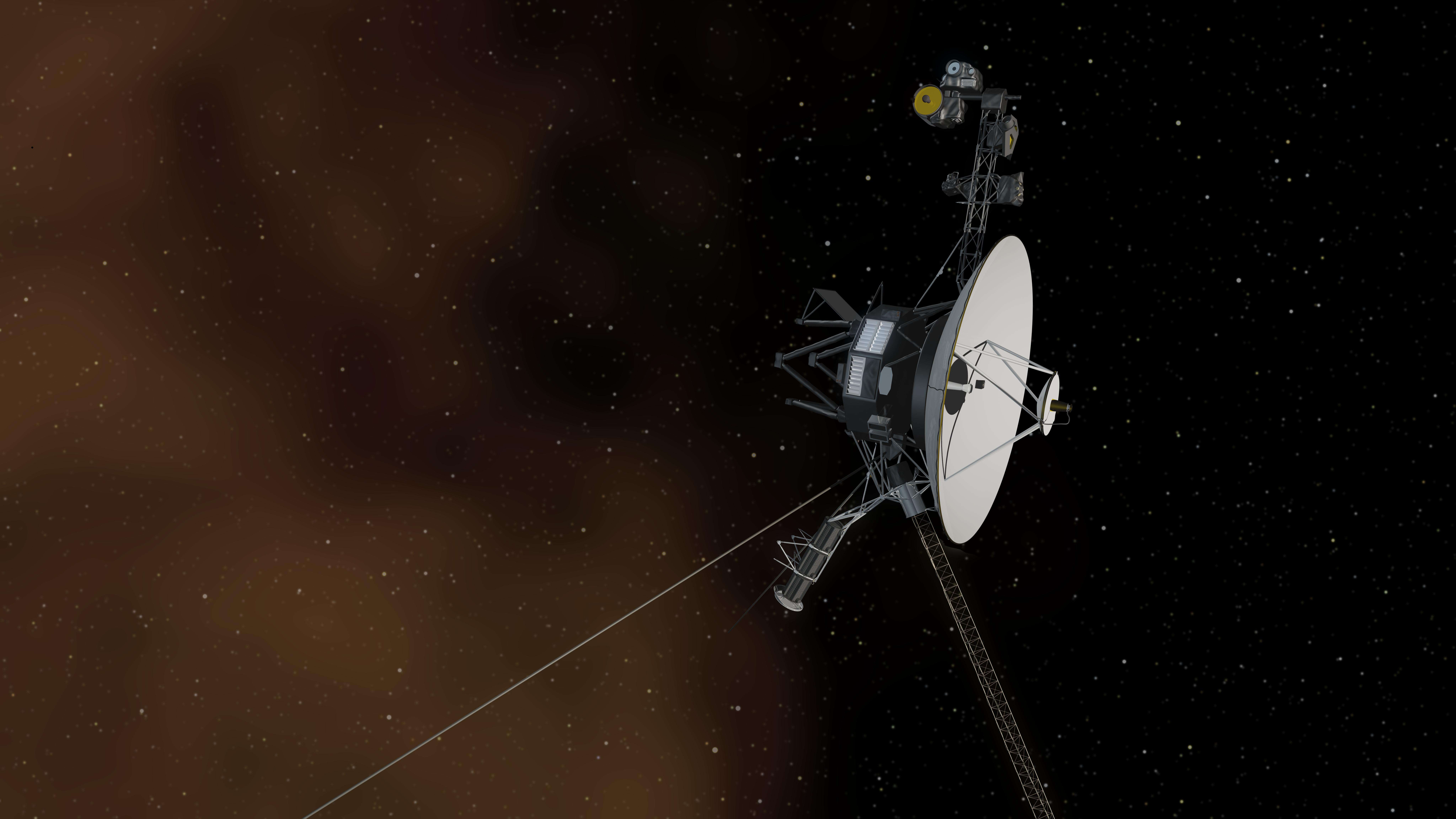MICHELLE THALLER: It may surprise you to know that we are still learning about our own solar system; even the question about how many planets are there is kind of a funny one—take Pluto.
Pluto was classified as a dwarf planet, and there are other dwarf planets as well. In fact, the largest of the asteroids, Ceres, is now classified as a dwarf planet. A lot of these dwarf planets actually exist farther beyond the orbit of Pluto, and we're just finding them now. And one of my favorite discoveries recently has been something called The Goblin. Now, The Goblin is a dwarf planet—it's actually much smaller than Pluto; it's only about a fifth of the diameter of Pluto, and it is really, really far out there. It's in a highly elongated orbit; the closest it ever gets is about twice as far away as Pluto is, and the farthest it gets is about 2,300 times the distance from the Earth to the Sun; it goes way, way, way out there. This orbit takes it about 40,000 years to go once around the Sun. It's really, really incredible. It doesn't surprise me that these objects are only recently being discovered because most of them are so distant. They are so faint, and if they're at the very far part of their orbit they're moving very, very slowly—very, very hard to detect.
Now, The Goblin is really interesting in a number of ways. One of the things that I love about it is that it does actually seem to hint that there may be something larger out there—we've been noticing this for the last couple of years. These distant icy bodies are called Kuiper Belt objects, and often they're on elongated orbits that come close to the Sun—and by close I mean about the orbit of Pluto and then much, much farther away into the very outer reaches of the solar system. We now know of dozens of these objects, and there are probably many more out there we haven't discovered. The interesting thing is we began to observe how their orbits were aligned in our solar system, and there's something called perihelion, which is the closest pass an object makes to the Sun. And amazingly, all of these objects all over this sky seem to have perihelions—closest approaches to the Sun—that were beautifully lined up together. There is no reason for that to be the case. If they were independent orbiting bodies there's no way their closest approach to the Sun should match. So the idea is there's a larger body out there somewhere, a larger planet, and as it orbits it lines up, kind of shepherds all these smaller objects into its orbit. The evidence for this really is pretty compelling. We don't know of any other way to explain the lined up orbits of these Kuiper Belt objects. So then the question is: Where is this bigger planet?
Our estimates put it at least three to five times the mass of the Earth, maybe even a little bit more massive than that. It could be something on the order of the size of Neptune. This is a big planet we're talking about, and honestly, it's a little embarrassing that we've missed an entire big planet in our solar system. We are now so good at detecting planets we can see them around other stars, so how is it we've missed this planet? Well, if it really is very far away from us in its orbit right now; even a big planet would be tiny to the most powerful telescopes, so we could have missed it. It also would be moving so slowly that maybe we didn't notice that it was a planet. Maybe people assumed it was a distant star. So telescopes all over the world are scanning the sky for any sense that there's an object out there moving very, very slowly that could be evidence of this giant planet.
Judging from the way these orbits are lined up I think it is very likely there could be a big planet out there, and I am going to be really happy when we have something else to add to our knowledge of the solar system.
There's also something kind of wonderful happening January 1st of 2019, it's coming up pretty soon—and that is that we're going to visit one of these Kuiper Belt objects for the very first time. The New Horizons spacecraft a couple years ago flew by Pluto. Hopefully, you remember the beautiful images of Pluto that have returned. Then we aimed it at one of these distant Kuiper Belt objects. We call it MU69, or it's been nicknamed Ultima Thule, which means "farthest frontier."
Now, hopefully, you remember the New Horizons spacecraft from its spectacular flyby of Pluto a couple of years ago. So after it flew by Pluto we aimed it even farther out to encounter one of these distant icy objects. It's the first time we will ever see what one of these objects is like. After January we will finally have a picture of a part of the solar system we've never seen before.


